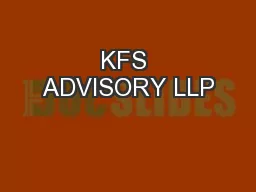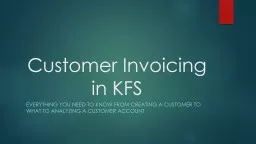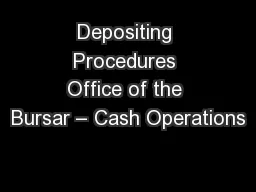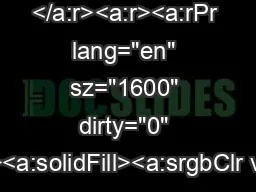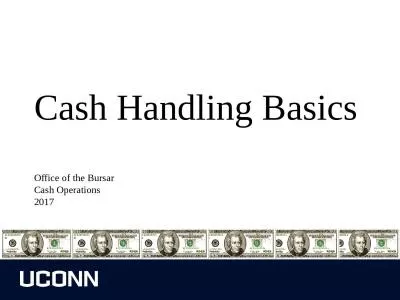PPT-KFS Kuali Financial Systems
Author : luanne-stotts | Published Date : 2018-11-04
Purchasing System KFS Shop Catalogs Shop Catalogs Training Profile Set Up Catalog Searching Hosted and Punchout Cart Return I nformation Population of
Presentation Embed Code
Download Presentation
Download Presentation The PPT/PDF document "KFS Kuali Financial Systems" is the property of its rightful owner. Permission is granted to download and print the materials on this website for personal, non-commercial use only, and to display it on your personal computer provided you do not modify the materials and that you retain all copyright notices contained in the materials. By downloading content from our website, you accept the terms of this agreement.
KFS Kuali Financial Systems: Transcript
Download Rules Of Document
"KFS Kuali Financial Systems"The content belongs to its owner. You may download and print it for personal use, without modification, and keep all copyright notices. By downloading, you agree to these terms.
Related Documents


